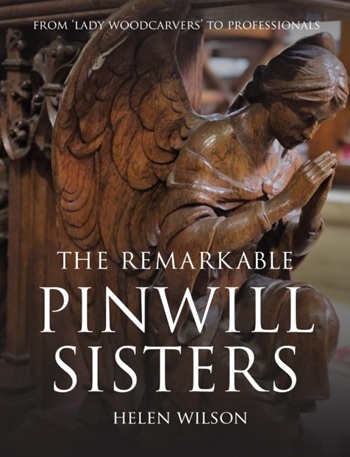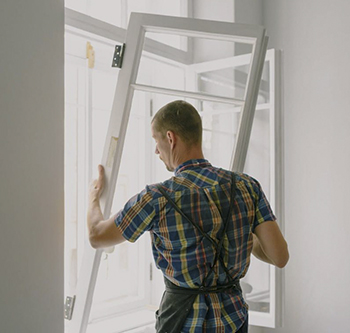Understanding Cooling and Heating Loads
Contents |
[edit] Introduction
As a knowledgeable professional in the HVAC industry, it’s crucial to provide accurate advice to designers, not only to improve your own credibility but also to enhance their projects and potentially secure more orders. To facilitate this process, we have compiled a set of rules of thumb that can be applied to most general applications. However, it’s imperative to emphasise that while we are well-versed in HVAC principles, we are not designers, and our advice should always be verified by others before installation. This disclaimer must be clearly stated in all written communications if our equipment design is based on these rules of thumb.
[edit] Cooling Loads
When considering cooling loads, a general guideline is to allocate 120 – 160 watts per square meter, taking into account factors such as solar gain, people, and lighting. Alternatively, you can estimate the cooling requirement at 1 kilowatt per occupant. Additionally, for each meter per second of fresh air introduced, add approximately 10 kilowatts to the total cooling load. If a designer provides the desired cooling load in kilowatts, a quick crosscheck can be performed using the rule of thumb that suggests a maximum of 20 kilowatts per cubic meter of air. Any value surpassing this threshold will likely necessitate an increase in air volume.
To calculate the cooling load using psychometric charts, the following equation can be applied: Cooling Load (kW) = Enthalpy Difference (total heat content) x Air Volume Specific Volume (m³/kg) at the entering condition
For example, consider the following data: Air Volume: 1.5 m³/s Entering Air Temperature (EAT): 28°C dry bulb / 50% relative humidity (Specific Enthalpy: 59 kJ/kg) Leaving Air Temperature (LAT): 12°C dry bulb / 11.5°C wet bulb (Specific Enthalpy: 33 kJ/kg)
Using the equation, the calculation would be as follows: Cooling Load (kW) = (59 – 33) x 1.5 m³/s / 0.869 m³/kg Therefore, the cooling load amounts to 44.88 kW.
[edit] Heating Loads
For heating loads, a general rule of thumb suggests allocating 45 watts per cubic meter, considering the volume of the space. Additionally, when accounting for fresh air load, a standard equation can be used: kW = AT°C × 1.207 (constant) × M.
It’s important to note that this guideline is applicable when heating the building using the Air Handling Unit (AHU). In cases where heating is provided through alternative means, such as radiators, the equation kW = OT°C × 1.207 × M should be employed for tempered ventilation.
[edit] Conclusion
By utilising these rules of thumb, HVAC professionals can assist designers in estimating cooling and heating loads for various applications. However, it is crucial to emphasise that these guidelines serve as initial estimations and should be verified by qualified designers to ensure accuracy and compliance with specific project requirements. Clear communication about our role, lack of design liability insurance, and the need for independent design verification should be included in all written correspondences. By adhering to these principles, we can enhance our credibility, improve collaboration with designers, and deliver superior HVAC solutions.
--Building Ventilation Solutions
[edit] Related articles on Designing Buildings
- Air conditioning.
- Air handling unit.
- Approved Document F.
- Building services
- Building services engineer.
- Condensation.
- Dehumidification.
- Displacement ventilation.
- Ductwork.
- Dehumidification.
- Dry-bulb temperature.
- Fan coil unit.
- Heating.
- Humidification.
- HVACR.
- Humidification.
- Humidistat.
- HVAC.
- Interstitial condensation.
- Mechanical, electrical and plumbing MEP.
- Mechanical ventilation.
- Moisture content.
- Natural ventilation.
- Plant room.
- Psychometric chart.
- Refrigeration.
- Sling psychrometer.
- Thermal comfort.
- Thermal indices.
- Ventilation.
- Water vapour.
- Wet-bulb temperature.
[edit] External links
Other articles by author Simon Windsor https://www.bvs-ltd.co.uk/author/simon/
Featured articles and news
The Remarkable Pinwill Sisters: from ‘lady woodcarvers’ to professionals. Book review.
Skills gap and investment returns on apprenticeships
ECA welcomes new reports from JTL Training and The Electrotechnical Skills Partnership.
Committee report criticises UK retrofit schemes
CIOB responds to UK’s Energy Security and Net Zero Committee report.
Design and construction industry podcasts
Professional development, practice, the pandemic, platforms and podcasts. Have we missed anything?
C20 Society; Buildings at Risk List 2025
10 more buildings published with updates on the past decade of buildings featured.
Boiler Upgrade Scheme and certifications consultation
Summary of government consultation, closing 11 June 2025.
Deputy editor of AT, Tim Fraser, discusses the newly formed society with its current chair, Chris Halligan MCIAT.
Barratt Lo-E passivhaus standard homes planned enmasse
With an initial 728 Lo-E homes across two sites and many more planned for the future.
Government urged to uphold Warm Homes commitment
ECA and industry bodies write to Government concerning its 13.2 billion Warm Homes manifesto commitment.
From project managers to rising stars, sustainability pioneers and more.
Places of Worship in Britain and Ireland, 1929-1990. Book review.
The emancipation of women in art.
Call for independent National Grenfell oversight mechanism
MHCLG share findings of Building Safety Inquiry in letter to Secretary of State and Minister for Building Safety.
The Architectural Technology Awards
AT Awards now open for this the sixth decade of CIAT.
50th Golden anniversary ECA Edmundson awards
Deadline for submissions Friday 30 May 2025.
The benefits of precast, off-site foundation systems
Top ten benefits of this notable innovation.























Comments
[edit] To make a comment about this article, click 'Add a comment' above. Separate your comments from any existing comments by inserting a horizontal line.
Thanks for a useful article. Did you know you can set up a profile for your company, with details, logo and website. If you associate the article to that profile, then the company profile will appear at the top of the article.
Other forms of marketing within an article will normally be deleted. Find out more on this page https://www.designingbuildings.co.uk/wiki/Create_a_new_article